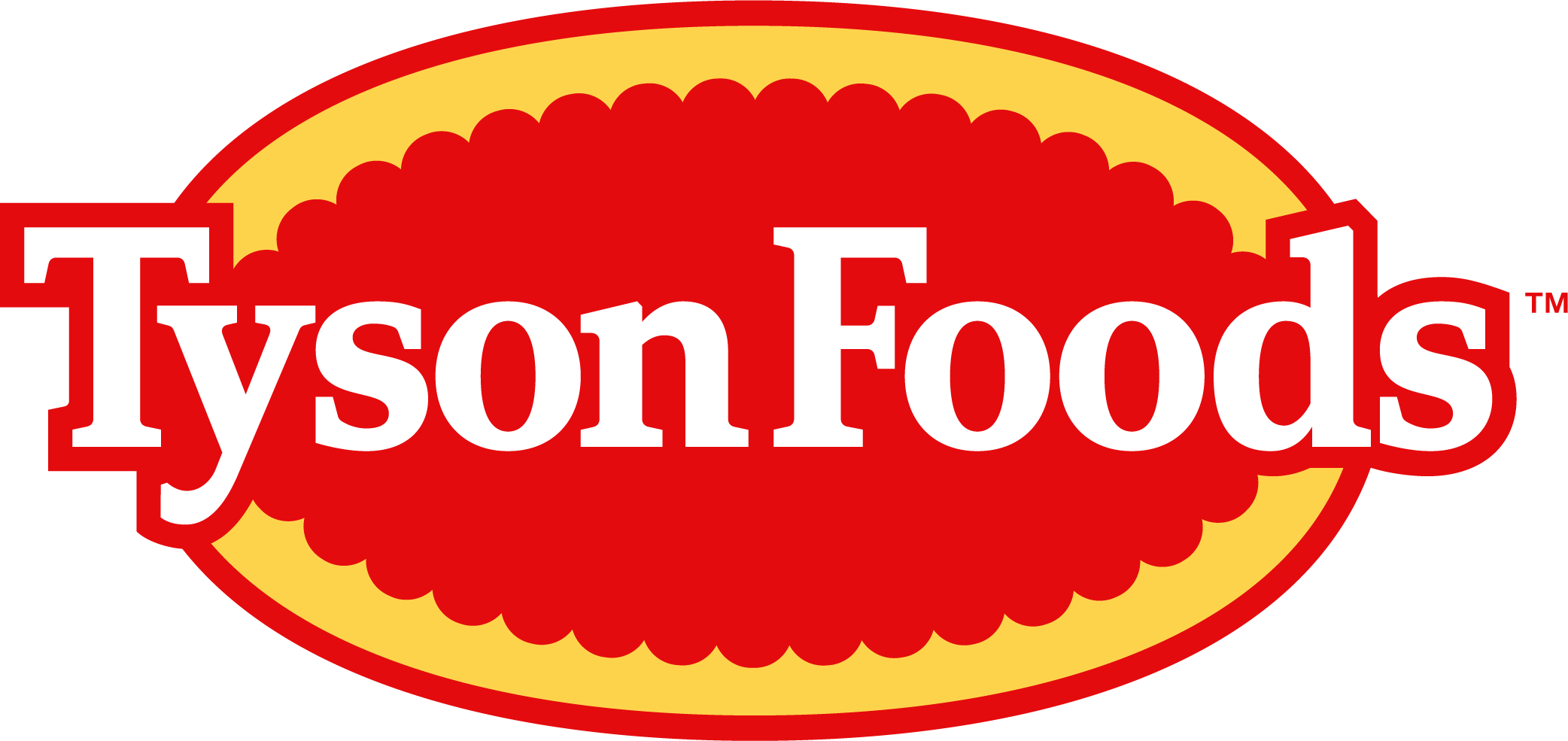Every October, the Academy of Nutrition and Dietetics sponsors the world’s largest meeting of food and nutrition experts. Last month, the Food and Nutrition Conference and Expo™ (FNCE®), offered over 100 sessions on key health issues impacting our communities throughout the world along with the latest nutrition research and trends.
FNCE® provides continuing education opportunities for nutrition professionals, and this year, with over 10,000 virtual attendees from 64 countries around the globe, our nutrition team at Tyson Foods is excited to share what they learned around plant proteins, portion sizes, and the power of data in health and wellness.
Plant Proteins
With health and wellness top of mind and a growing global demand for protein, consumers are adding a variety of protein choices to their plates. Plant-based proteins, depending on the type, can be high in fiber, low in saturated fat, and free from cholesterol, but depending on added ingredients, some products can also contain high amounts of saturated fat and sodium. As plant-based products expand in the market, be sure to check the nutrition facts to see how they stack up!
Research presented at FNCE® on plant protein, animal protein, and cardiovascular health continues to help shift our focus to diet quality, not protein source alone. Understanding the unique nutrition profiles of both animal and plant proteins in combination with a healthy eating pattern can help move the focus back to things we know to be important: balance, variety, and the inclusion of nutrient rich foods. Key message: Protein is a popular nutrient essential to health, and both animal and plant-based proteins can fit into a healthy eating pattern!
Portions Top of Mind
One of the key messages from the 2020-2025 Dietary Guidelines for Americans is “Pay attention to portion size.” While this nutrition message is not new, data from the International Food Information Council (IFIC) 2020 Health Survey shows only about half of Americans listen to their hunger cues.
One of my favorite expo sessions offered insight into the approach to mindful eating, a concept gaining traction with some consumers. Mindful eating encourages eating with attention, being present in the moment, and shifting eating habits from not just what we eat but also looking at why and how we eat. This approach encourages us to pause and think about why we’re eating. Are we hungry, do we need a brain break, or are we eating by the clock? Determining the why can help choose the what and the how! Will something crunchy hit the spot? Something sweet, savory, or hot? Once we know what we want, finding the portion that’s right for us and using all five senses to enjoy the eating experience are key behaviors to focus on.
Mindful eating can help lead to a positive relationship with food, more satisfying eating experiences, and being less likely to overeat. Key message: Listen to your body! Identify the food and portion that’s right for you in the moment you’re eating.
The Power of Data: Consumers Approach to Health & Wellness
By 2025, it’s estimated that online grocery shopping will account for 21.5% of grocery sales. As online growth continues, balancing data and technology to help meet consumers’ health and wellness needs has the potential to reshape the customer grocery store experience. From personalized shopping applications to personal nutrition scoring for shopping baskets, retailers and applications are increasing online consumer engagement!
While the average grocery store carries 40,000 products, using an e-commerce program that offers personalized shopping experiences allowing consumers to add lifestyle information, create diet profiles and enter food allergies is not only timesaving but educational. Applications like this offer the consumer a powerful tool to sort effortlessly through thousands of products to meet their personal nutrition needs in an e-commerce environment.
In addition, some retailers aim to align with consumer health goals by offering products that are “dietitian picked” or “dietitian approved”, while others use scoring systems for foods to help consumers make healthier choices. Retailers and consumers both want products that align with a variety of nutrition-focused attributes. At Tyson, our portfolio of protein-centric brands makes it easy to respond to these demands. We continue to expand products with attributes consumers crave. Key message: Pairing data and technology to meet consumer health needs is an exciting way to help consumers make the healthy choice the easy choice, right from their phone.





